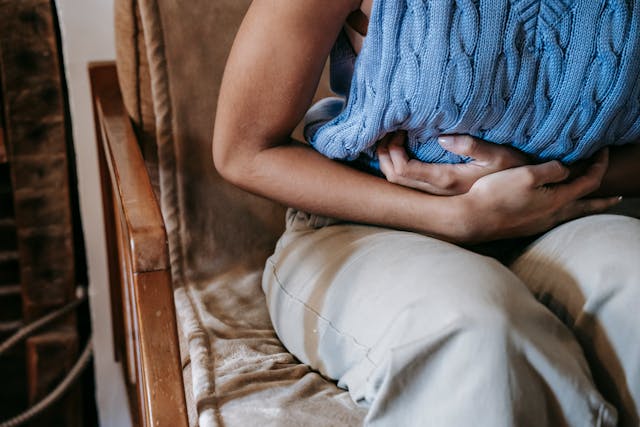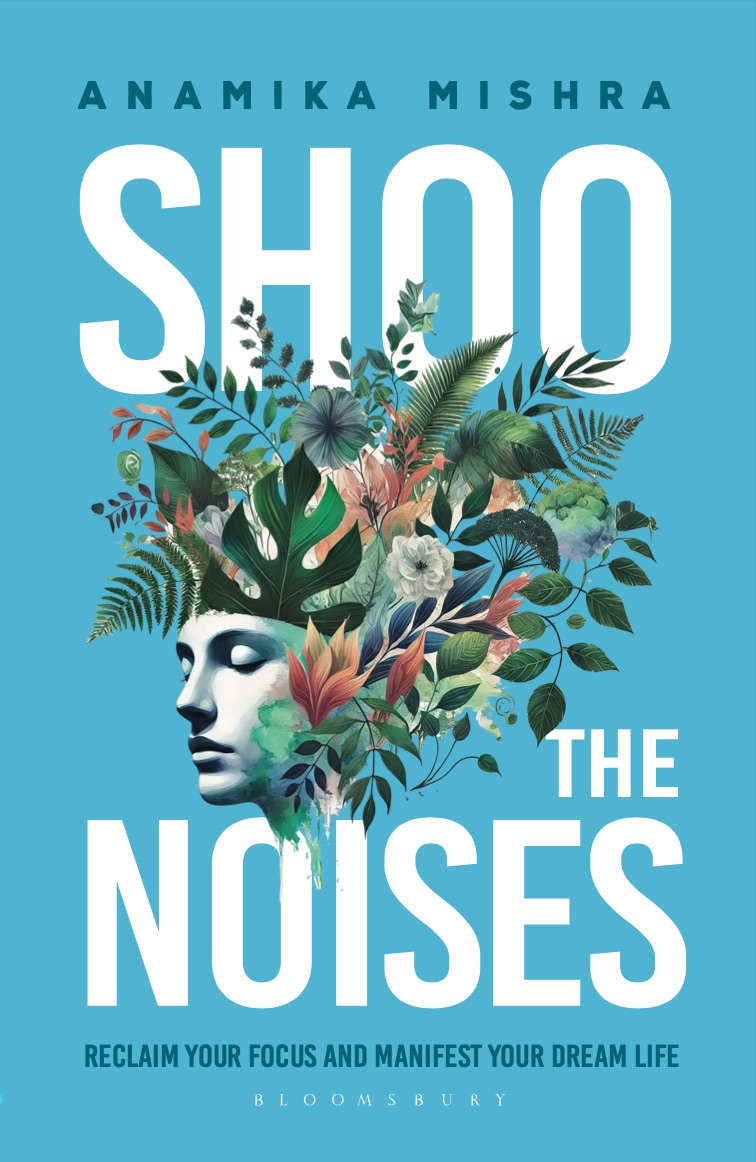Period cramps can be uncomfortable and disruptive, but you don’t always need medication to find relief. Many natural remedies can help ease menstrual pain effectively. Here are 10 tried-and-tested home remedies to help soothe cramps and make your period more manageable.

1. Apply Heat Therapy
Heat helps relax the muscles of the uterus, improving blood flow and reducing cramps.
✔ How to use it:
- Place a heating pad or warm water bottle on your lower abdomen for 15-20 minutes.
- Take a warm bath to relax your entire body.
- Use a warm towel or a rice sock heated in the microwave.
2. Drink Herbal Teas
Certain herbal teas have anti-inflammatory and antispasmodic properties that help relax muscles and ease cramping.
✔ Best teas for cramps:
- Ginger tea – Reduces inflammation and relieves pain.
- Chamomile tea – Has calming effects and helps relax uterine muscles.
- Peppermint tea – Soothes digestive issues that may worsen cramps.
- Cinnamon tea – Acts as a natural pain reliever.
3. Stay Hydrated
Dehydration can make cramps worse by causing bloating and muscle tightness.
✔ Tips to stay hydrated:
- Drink warm water to improve blood circulation.
- Avoid caffeinated drinks, as they can cause dehydration.
- Add lemon, mint, or cucumber to water for extra benefits.
4. Try Gentle Exercise
It might sound counterintuitive, but light movement can help reduce period pain by increasing circulation and releasing endorphins (your body’s natural painkillers).
✔ Best exercises for period pain relief:
- Walking – Increases blood flow and reduces tension.
- Stretching – Relieves muscle tightness.
- Yoga – Poses like Child’s Pose, Cat-Cow, and Cobra can help ease cramps.
5. Massage Your Abdomen with Essential Oils
Massaging your lower belly with essential oils can promote relaxation and relieve pain.
✔ How to do it:
- Mix a few drops of lavender, clary sage, or peppermint essential oil with coconut or olive oil.
- Gently massage your lower abdomen in circular motions for 5-10 minutes.
6. Eat Anti-Inflammatory Foods
Certain foods can help reduce inflammation, balance hormones, and ease cramps.
✔ Best foods for period pain relief:
- Bananas, avocados, and dark chocolate (rich in magnesium, which relaxes muscles).
- Leafy greens and nuts (high in calcium, which helps reduce cramps).
- Fatty fish (salmon, tuna) or chia seeds (contain omega-3 fatty acids that reduce inflammation).
- Turmeric and ginger (natural pain relievers).
7. Avoid Caffeine, Sugar, and Processed Foods
Certain foods can worsen inflammation and bloating, making cramps more intense.
🚫 Avoid:
- Coffee, energy drinks, and sodas (can constrict blood vessels and cause dehydration).
- Sugary foods and refined carbs (can spike insulin levels and worsen cramps).
- Processed or salty foods (can cause bloating and water retention).
8. Get Enough Sleep and Rest
Lack of sleep can make period pain feel worse by increasing stress and inflammation.
✔ Tips for better sleep during your period:
- Sleep in the fetal position to reduce pressure on your abdomen.
- Use a heating pad before bed for extra relaxation.
- Avoid screens before sleep to help regulate hormones.
9. Try Apple Cider Vinegar or Lemon Water
Some women find that drinking diluted apple cider vinegar (ACV) or lemon water helps with bloating and cramps.
✔ How to use:
- Mix 1 tablespoon of ACV or fresh lemon juice in a glass of warm water.
- Drink once or twice a day.
10. Practice Stress Relief Techniques
Stress can make period pain worse by increasing cortisol levels, which disrupts hormone balance.
✔ Ways to reduce stress:
- Meditate or do deep breathing exercises.
- Try journaling or listening to calming music.
- Take a relaxing bath with Epsom salt and lavender oil.
Final Thoughts
Painful cramps don’t have to ruin your day. By using these natural remedies, you can find relief without relying on medication. However, if your period pain is severe, long-lasting, or disrupts your daily life, consider consulting a healthcare provider to rule out underlying conditions.


